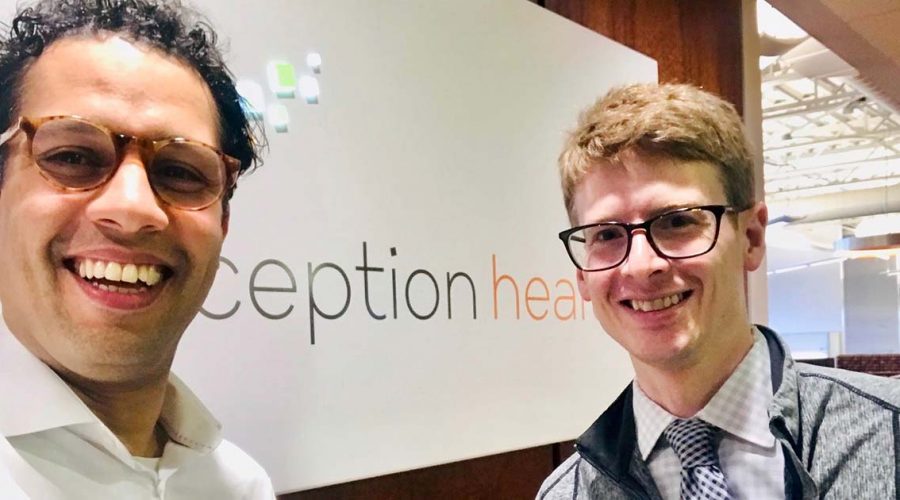Froedtert & MCW customizes services and tech initiatives around people
Photo: Dr. Bradley Crotty
Wisconsin’s The Froedtert & Medical College of Wisconsin health network is striving to meet the challenges of healthcare today in part by building healthcare information technology and healthcare services around people and their lives, expanding digital health initiatives beyond its Epic EHR, and diving into app-embedded digital therapeutics.
To get an informative look at this strategy, we interviewed Dr. Bradley Crotty, chief digital engagement officer and an internist at Froedtert and medical director of Inception Health, Froedtert’s digital innovation hub subsidiary. We also interviewed Dr. Melek Somai, chief technology officer at Inception Health.
Q. You believe, and feel very passionately, that healthcare services should be built around people and their lives, and to use technology to make care more affordable and health more attainable. Please elaborate on how you are doing this today.
Crotty: In the United States, advancing technology has moved care more toward hospitals, doctors’ offices or advanced facilities. This has created multiple chokepoints – access can be limited and wait times are long for many doctors, and frankly there aren’t even enough primary care providers.
Further, we have distribution issues where these clinical locations may be inaccessible to many with needs.
Our mentor, Warner Slack, would note that the patient or prospective patient (and family) are the least utilized resource in healthcare. And we find this to still be true today.
Patients, unfortunately, must advocate for themselves (and families), and it should not be this way. We believe we are at a tipping point where technology can help disrupt what used to only occur within doctors’ offices and enable people to get access to affordable and accessible guidance.
In our experiences that we are building, we aim to focus on patient/family self-service, with guardrails for when to escalate to professional support. We frequently use apps and digital therapeutics to support this work. But this is an inversion of the current care model, where costly and scarce professionals are the center of most care.
Q. You are building a cloud-native platform and tools to support care and augment services beyond the Epic EHR. Why did you choose this route, and what is the technology doing?
Somai: Health systems have invested heavily in EHR foundations and IT infrastructure, but these resources are limited to clinical operations and patient record management.
To redesign care in a way that focuses on people as they live their lives, a new technology stack and culture is needed, incorporating cloud-native architecture, agile methodologies, product-driven development, dev-ops, and continuous delivery/continuous deployment.
This shift transforms health systems from end-users to technology builders, allowing for real-time patient engagement and personalized care experiences, while maintaining data privacy and security.
Q. You continue to focus on digital therapeutics – medications to change biology, devices to change physiology, apps to change behavior – and have integrated your first digital therapeutic (focused on mental health) into your mobile app. Why was this a priority for you, and how will patients put it to use when you soon roll it out?
Crotty: We need to make mental health a first-class citizen in primary care, and support for mental health needs to be accessible to everyone at the point of need, rather than the point of care. We have shown significant benefit from support with digital therapeutics in mental health, supported by our coaching model, and are making that available to people more broadly.
We will incorporate depression screening into our app experiences, with invitations to join our DTx programs when appropriate, while also having programs available for browsing in case people find it can help meet another need, such as insomnia, anxiety, stress, grief or alcohol misuse.
Follow Bill’s HIT coverage on LinkedIn: Bill Siwicki
Email the writer: [email protected]
Healthcare IT News is a HIMSS Media publication.
Source: Read Full Article
